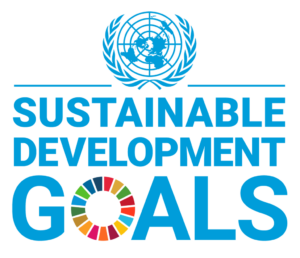
Food is considered as one of the fundamental needs for each human being in the world. It contains essential nutrients and vitamins to fulfill the requirement for body growth and development purposes. Even so across the sea, there are those less unfortunate who, mostly on a daily basis, never get the taste of food we have on the table today. In simple words, they are caught up in hunger.
To begin with, hunger is a term that defines a temporary phase of feeling hungry as a result of food shortage, and in severe cases, life-threatening lack of food as declared by National Research Council. Meanwhile, world hunger is a case that is aggravated to a global level which includes food insecurity and malnutrition. National Research Council defines food insecurity as limited access to food that are nutritionally safe to consume while malnutrition refers to a condition whereby food intake is insufficient of necessary nutrients.
Do you know that United Nations Food and Agriculture Organization (FAO) reported 816 million people out of 7.6 billion people in the world are experiencing chronic undernourishment in the last two years? Such scenario shows that almost 11 percent of human population did not have the access to insufficient needs of nutritional and healthy food.
For instance, in East Africa alone, South Sudan, Kenya, Ethiopia, and Somalia, a whopping number of 22 million people are desperately in need of food assistance. From that figure, about 3.5 million children are suffering from malnutrition which can be classified as above the rate of global hunger. In Kenya, 700,000 children aged lower than five are suffering chronic starvation. Ethiopians too have been overwhelmed with disease outbreaks amid worsening of food security. Meanwhile in Somalia, 440,000 people were forced to leave their home due to the losses of crop livestock and water shortages.
If we probe deeper into each case of hunger, it is notably not because of one event that led to such consequence. But in fact, there are several disruptive events leading to these affected communities to where they are at the moment. In South Sudan, for example, instability for farmers deters crop productions which eventually results in limiting what is available at the market and causes rising in food price. Worse, poor families could not afford enough food supplies to keep their children healthy and tend to resort to calling out for emergency when food stocks are no longer available.
At times, national growth of economy does not necessarily mean it helps reduce the number of hunger cases. According to World Vision, In one the middle eastern countries, in spite of the growing economy in the country has observed some major improvements, the most recent data signifies that almost 40 percent of children aged below five are underweight which represents the case of undernourishment.
Such prediction has long been foreseen since 2017 by the Director of Assessment Capacities Projects, Lars Peter Nissen in which he noted that, “If 2017 does not show improvements, the forecast for 2018 will be worse than this: the situation of violence and disincentives may decline in Afghanistan, Congo, Libya, Ethiopia, Mali, Somalia and Syria next year.”
In simple words, the cause of world hunger is not due to the individual itself but rather, more tensions came into the picture such as internal conflicts, unstable food and agricultural policy, climate changes, and also extreme poverties in some areas. On a larger scale, if the obstructing conflicts still persist, it is without a doubt that the percentage of world hunger may be on the rise again.




